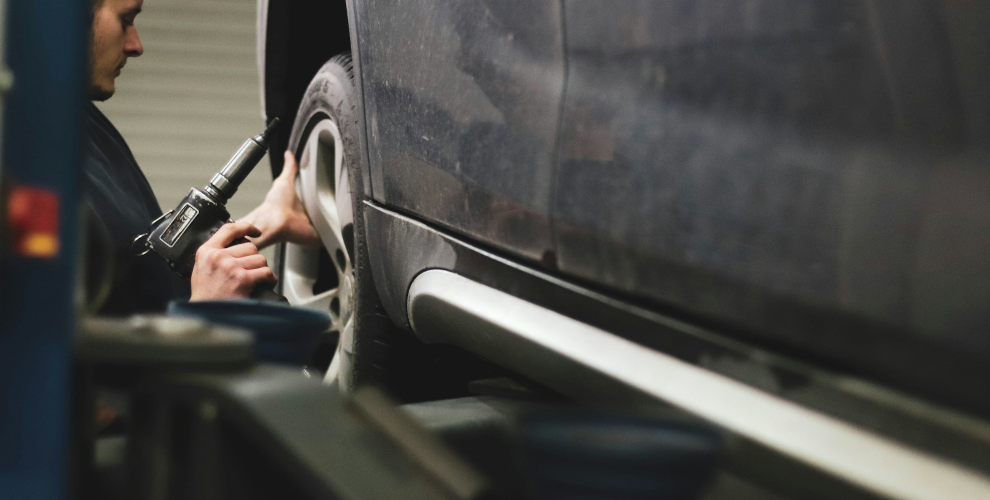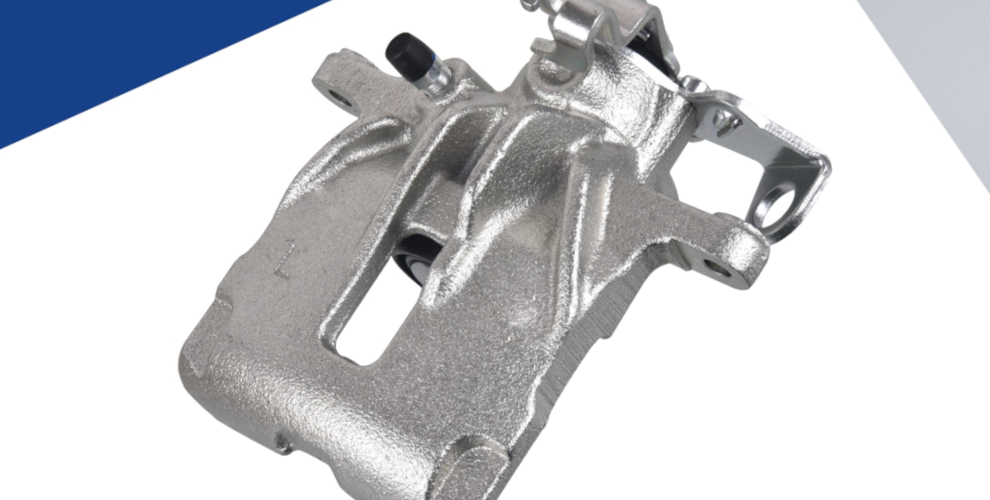The ACEA 2022 heavy duty engine oil specification revision has arrived
Relevant documentation to service providers was shared by Lubricant Specification Review Chair Mike Bewsey, who updated workshops on the 2022 review. Earlier this year, the European Automobile Manufacturers Association (ACEA) published the 2022 ACEA oil sequences for commercial vehicle engines, and now an update is taking place.
The new series are aimed at engine developments with regulatory rules for performance requirements, complete with the necessary test maintenance requirements.
The last heavy-duty series to set engine oil performance standards (including emissions standards) for the needs of the European market were released in 2016.
The update would have been up to date a few years ago, but publication was delayed due to difficulties in finding appropriate tests and replacing tests on engines at the end of their life.
In the 2022 series, two completely new categories, ACEA E8 and ACEA E11, were introduced to replace the now outdated ACEA E6 and ACEA E9 categories.

(stock photo – pixabay.com)
The ACEA E8 category belongs to high-class diesel engines that meet Euro VI and earlier emission requirements and operate under very extreme conditions, such as extended oil change intervals.
Suitable for engines with exhaust gas recirculation (EGR) with or without a DPF, as well as for engines equipped with an SCR catalyst system.
The new ACEA E8 category is strongly recommended for engines equipped with DPFs and is primarily designed for use with low-sulphur fuel.
ACEA E11 is recommended for high-rated diesel engines that comply with Euro VI and earlier emission standards and run in less extreme conditions than those in the ACEA E8 category.
Like ACEA E8, it is suitable for engines with or without DPFs, most engines with EGR and most engines equipped with NOx SCR systems.
ACEA E11 is highly recommended for engines equipped with DPFs and is designed for use with low-sulphur diesel fuel.
Volvo’s T-13 engine test has been introduced in both new categories, ACEA E8 and ACEA E11, to significantly improve oxidation control.
The Caterpillar oil aeration test is incorporated to measure lubricant performance under aeration control.
The ACEA E4 and ACEA E7 categories have been updated with new piston deposit tests, replacing the CEC L-101-09 test.
Both categories are designed for older engines that meet Euro V or earlier emission standards.
These engines can be equipped with SCR or EGR, but not DPFs. ACEA E4 is most suitable for extreme operating conditions and extended oil change intervals, while ACEA E7 is recommended for gentler operating conditions.
The OM501LA test was the main piston cleanliness test in the ACEA Heavy-Duty series, but since the engine is no longer in production, it had to be replaced.
OM471 was chosen as a replacement – a proprietary test developed by Daimler for their PM471 hardware.
This hardware better represents current engine technology, which includes elements such as steel pistons, a common rail injection system, an asymmetric exhaust gas turbocharger, and Euro VI-compliant emissions control based on SCR technology, EGR and DPF.
The test is now twice as long as the previous OM501LA (CEC L-101-08) test in total, 600 hours.
The ACEA 2022 series update for the new OM 471 test of ACEA E4 and ACEA E8 improves anti-oxidation performance and piston deposit control over the replaced version with pass levels for the new OM 471 test in ACEA E4 and ACEA E8.

(stock photo – pixabay.com)
In the ACEA E7 category, the OM 501 test was replaced by the Cat 1N test to control piston deposits.
The latest ACEA oil series for passenger car engines, published in April 2021, are already in use.
Historically, light and heavy-duty engine series were published simultaneously. This time, however, the publication was split up to allow more time to develop the Heavy-Duty sequences.
The ACEA 2021 Light-Duty engine oils have introduced new tests to meet the demand for viscous liquids, but in the Heavy-Duty series they do not really deal with viscosity.
A new F-category based on viscosity, ACEA F8 and ACEA F11, was sought and two new low soot wear tests were developed to be part of these categories.
The reason why they did not materialize is that the test development was not successful. ACEA plans to continue the work and this is the next step may become part of a review as heavy trucks follow light commercial vehicles in reducing viscosity to improve fuel efficiency and meet stricter emissions standards.
The 2022 ACEA oil sequences for heavy-duty engines will become mandatory for all new requirements from 1 May 2023, after a crossover period allows supplies to be carried through the supply chain.













